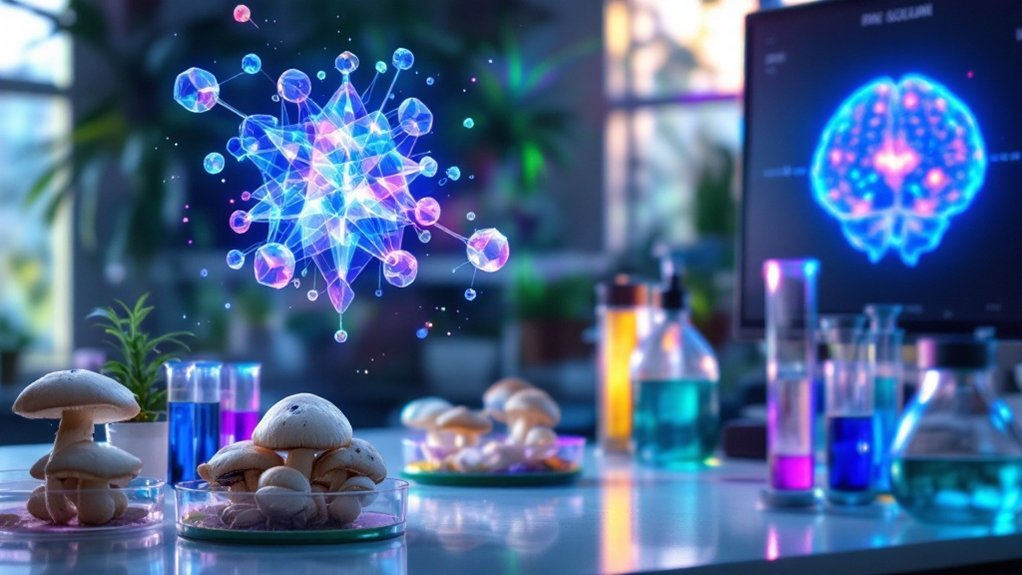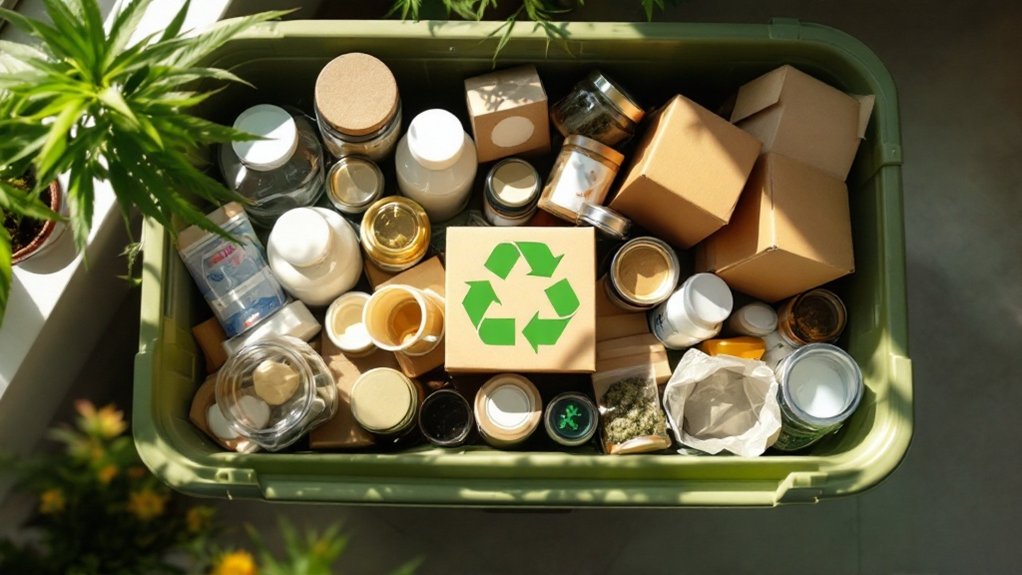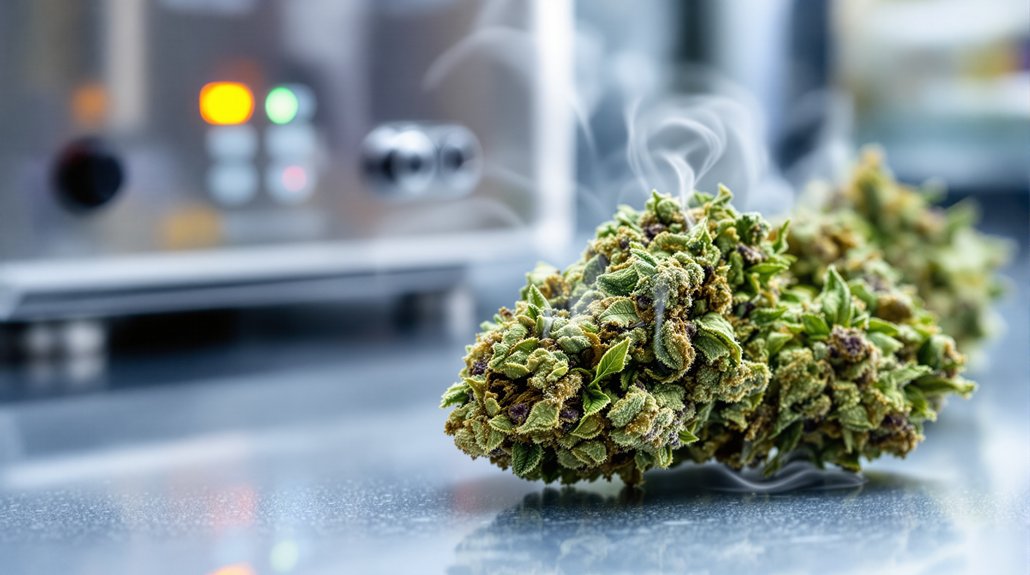Psychedelics are compounds that profoundly alter perception and consciousness primarily by activating serotonin 5-HT₂ᴀ receptors in the brain. These substances fall into three main chemical families: tryptamines (psilocybin, DMT), phenethylamines (mescaline), and lysergamides (LSD). Their effects include vivid sensory changes and experiences of “ego dissolution,” with intensity varying based on set and setting. Both natural and synthetic variants have historical significance in cultural practices and are increasingly studied for potential therapeutic applications in mental health treatment.

What exactly occurs in the human brain when psychedelic compounds interact with neural receptors? The primary mechanism involves activation of serotonin 5-HT₂ᴀ receptors, which triggers a cascade of neurochemical changes throughout the brain. This activation modulates neural circuits related to sensory perception and cognitive processing, leading to the characteristic effects associated with psychedelic experiences.
While researchers have made significant progress in understanding these mechanisms, the complete picture of how these substances induce altered states of consciousness remains partially elusive.
Psychedelic compounds mainly fall into three chemical families: tryptamines, phenethylamines, and lysergamides. Tryptamines include naturally occurring substances like psilocybin found in “magic mushrooms” and DMT (dimethyltryptamine). Phenethylamines encompass compounds such as mescaline, which is derived from the peyote cactus.
Lysergamides, specifically LSD (lysergic acid diethylamide), represent another major category with potent psychoactive properties. These classifications sometimes overlap due to the complex molecular structures and multiple mechanisms of action exhibited by certain compounds.
The experiential effects of psychedelics are remarkably diverse and profound. Users typically report vivid perceptual changes, including enhanced colors, patterns, and sounds. Many experience significant alterations in consciousness, sometimes characterized as “ego dissolution” where the boundaries between self and environment seem to dissolve. The intensity and quality of these effects are significantly influenced by set and setting, which explains why identical doses can produce vastly different experiences in different contexts. The unpredictability of these experiences makes harm reduction strategies particularly important for those who choose to use psychedelics.
These experiences are often compared to deep meditative states, mystical experiences, or even aspects of near-death experiences reported in various contexts.
Natural psychedelics have been used in traditional cultural and spiritual practices for millennia, while synthetic variants emerged primarily in the 20th century through laboratory development. Psilocybin mushrooms, ayahuasca (containing DMT), and peyote have long histories of ceremonial use, whereas compounds like LSD represent more recent scientific innovations.
This distinction between natural and synthetic sources does not necessarily indicate differences in safety profiles or subjective effects.
The legal status of psychedelic compounds varies globally but remains largely restrictive. Most are classified as controlled substances internationally, though recent years have witnessed evolving perspectives regarding their potential therapeutic applications.
Research institutions are increasingly investigating these substances for treating conditions like treatment-resistant depression, PTSD, and addiction. This scientific renaissance has begun reshaping cultural and medical attitudes toward psychedelics after decades of prohibition, highlighting their complex position at the intersection of neuroscience, mental health treatment, and social policy.
Frequently Asked Questions
Can Psychedelics Be Used to Treat Specific Mental Health Disorders?
Research indicates that psychedelics show promise in treating several mental health conditions.
Clinical studies demonstrate that psilocybin may reduce symptoms of major depressive disorder, while both psilocybin and LSD have exhibited anxiety-reducing effects across various anxiety disorders.
For PTSD, MDMA-assisted therapy has yielded significant symptom reductions.
Additionally, substances like psilocybin, LSD, and DMT are being investigated for treating substance use disorders, with preliminary evidence suggesting efficacy in disrupting addictive patterns and promoting behavioral change.
How Do Different Psychedelics Compare in Terms of Safety Profiles?
Different psychedelics exhibit varying safety profiles. Psilocybin and LSD are considered relatively safer than alcohol, with psilocybin showing only 0.2% of users requiring emergency care.
DMT and 5-MeO-DMT have shorter half-lives (5-19 minutes) compared to psilocybin and LSD, affecting their risk windows. Most adverse reactions across compounds are psychological rather than physical, typically resolving within 24 hours.
Risk factors include improper mindset, environment, and polydrug use, which can greatly impact safety outcomes.
What Are the Legal Implications of Psychedelic Use Worldwide?
Psychedelic compounds face varying legal status worldwide, with most jurisdictions classifying them as Schedule I controlled substances.
International treaties regulate isolated compounds like psilocybin and LSD, while plant materials often exist in legal gray areas.
Several regions have implemented decriminalization measures, including Oregon’s supervised psilocybin therapy program and religious exemptions for traditional use in countries like Brazil and Peru.
Despite reform trends, unauthorized possession, manufacture, and distribution typically carry significant criminal penalties in most countries.
Are There Long-Term Neurological Effects From Psychedelic Use?
Research on long-term neurological effects of psychedelics shows mixed findings. While single doses can promote neuroplasticity and BDNF increases, most brain measures return to baseline after acute effects subside.
Current evidence indicates classic psychedelics lack significant neurotoxicity at therapeutic doses. Temporary disruption of the default mode network occurs, but appears reversible.
Substantial knowledge gaps remain regarding cumulative effects of repeated use and potential risks for individuals with pre-existing neurological conditions.
How Do Set and Setting Influence Psychedelic Experiences?
Set and setting profoundly influence psychedelic experiences by functioning as contextual determinants.
The mindset—which includes one’s psychological state, expectations, and intentions—shapes how the psychedelic amplifies subconscious material.
Concurrently, the physical environment and social dynamics provide the external framework within which the experience unfolds.
Ideal conditions typically include comfortable surroundings, supportive companions, and intentional mental preparation.
Together, these elements establish the foundation for therapeutic benefits while minimizing adverse reactions.









